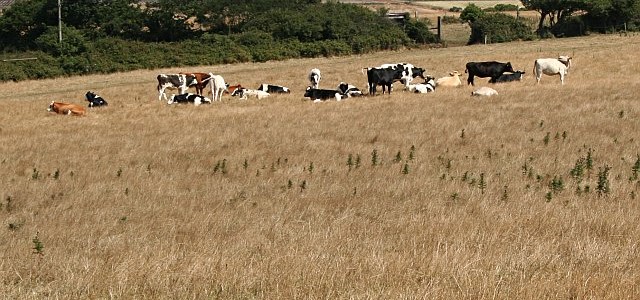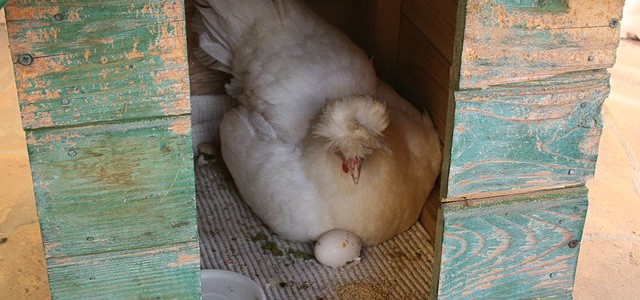Livestock
-

The Great Falls Tribune reported this week on the results of a new study released by the Montana Farmers Union on how changing climate will affect ranching and farming in Montana in the coming years. You can read the article here or the full report here. The article says “The report projects a 20 percent drop in…
-

Yahoo News published an article a few days ago on the importance of research on identifying new plants and seeds when dealing with land changes like droughts, forest fires, and changes in local climate. Restoration of the land will provide a home for native species and can also provide food for livestock. In the article…
-

The Southern SARE (Sustainable Agriculture Research and Education) has released a new guide to agroforestry, the “Sustainable Agroforestry Practices in the Southeastern United States: Training Handbook for Training Field Extension and Technical Assistance Personnel”. Here is what they say about it: “This handbook has been developed to train field-level Extension and technical assistance personnel, who are…
-

I read an interesting article today about the Great Florida Cattle Drive, a celebration of Florida’s statehood. I did not realize that this great roundup was occurring, but was intrigued at the idea of helping people to relive the live of a southern cattle driver from the 1800’s. You might enjoy reading this article and…
-

As part of the celebration of the International Year of Soil, the New York Times published an article this week on the value of planting cover crops between regular harvests. Among the benefits: increase in soil carbon, decrease in erosion, reduction in compaction, lower fertilizer costs, and improvement in crop yields. And as I’ve pointed…
-

There have been a number of articles published lately on the impacts of warming temperatures that are already being observed on different animal species. Yesterday I published a blog article on the impacts on ocean species. Today I will focus on the impacts of changing climate on chickens and livestock and on cats and dogs.…
-

The US Department of Agriculture has just released a new report on the impacts of drought on forests and rangelands. It includes descriptions of the types of drought, impacts on water supplies and vegetation, and includes information on how to deal with the impacts effectively. You can find it at https://www.fs.fed.us/sites/default/files/DROUGHT_book-web-1-11-16.pdf.